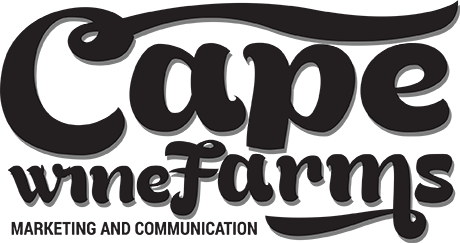Wine Farms Wines

SAUVIGNON BLANC
The grapes were sourced from seven of the nine Durbanville Hills member farms where three farms have high altitude vineyards growing on the south-eastern slopes of the Hooge Bergs Valley. Cooled by mists and the southeaster, the lower than average temperatures make for slow ripening and intense flavour retention. Some grapes from low-lying, southwestern facing vineyards on Maastricht, Bloemendal, Klein Roosboom and Oatlands were used to enhance the full-bodied character. The winter preceding the 2015 vintage was cold and wet followed by moderate and dry weather in November, December and January. The crucial flavour-producing ripening period for Sauvignon blanc grapes in February was much cooler than normal, resulting in high levels of crisp grassy and peppery flavours and the healthy grapes to ripened later than normal. The Sauvignon blanc varietal character of the grapes, especially from the higher slopes, was very strong producing wine with an abundance of tropical fruit characteristics. Some warmer spells ensured fuller blending components with lower acidity to produce a most enjoyable wine.

MERLOT
The grapes were selected from vineyards on the valley floor where vines are less prone to water-stress as the soils are generally deeper with better water retention than higher up on the hills. The constant presence of wind ensures that the canopies stay fairly small, a phenomenon that we link to better fruit and structure in the wines. We have learned that overlapping bunches tend to colour poorly and great care was taken to ensure even fruit positioning.

SPARKLING SAUVIGNON BLANC
Our maiden Sauvignon Blanc Sparkling Wine consists of 100% Sauvignon Blanc grapes which were hand-harvested in the early morning at 22.5-23.5°B. At the cellar the grapes are de-stemmed into 15 ton separators and the free run juice is separated from the skins, left overnight to settle and then racked to the fermentation tank. Here it is inoculated with a selected yeast strain and fermented at 15°C, which takes between 14 and 23 days. After fermentation the wine is racked from its primary lees.

CHENIN BLANC
The grapes where harvested at optimum ripeness when the balance between fruit, sugar and acid was perfectly in balance. The grapes where gently crushed with minimal skin contact before the juice was separated from the skins. The juice was cold settled for 24 hours before it was racked from its primary lees and a percentage of the light lees was added again for further complexity. The juice was inoculated with a selected yeast strain to capture the fruity aromas, and fermentation took place at 13 – 15°C for 16 days. Thereafter it was racked from the primary fermentation lees and allowed to mature for another three months on its fresh lees to create a wine with a fuller mouth feel.

MERLOT ROSÉ
The grapes for this wine were selected from vineyards on the low-lying, south-facing slopes. It was chosen for the exceptional structure and flavour the grapes impart to the wine. The soil moisture levels of this particular vineyard ensure small berries with an excellent skin-to-fruit ratio providing an intense colour and flavour spectrum.

CABERNET SAUVIGNON
The grapes for this wine were sourced from a variety of low-yielding vineyards (between 6 and9 tons per hectare), established between 1985 and 1990 and planted in deep, dark red soils at around 250 metres above sea-level. All the vines were grafted on Phylloxera resistant rootstocks and trellised on different trellising systems. Pest and disease control was implemented accordingto South African IPW standards. The grapes were hand harvested between 24° and 25° Balling.

SHIRAZ
The unique character of this wine lies in the influence of the different vineyards from which the grapes were sourced. The grapes were selected from various low yield vineyards, established between 1985 and 1990 and planted in deep, dark red soils at around 250 m above sea level. All the vines were grafted on Phylloxera resistant rootstocks and trellised on different trellising systems. Pest and disease control was implemented according to South African IPW standards.

PINOTAGE
A selection of different Pinotage blocks throughout the Durbanville wine valley was used for this wine. The grapes were picked by hand during mid-February and mid-March respectively at sugar levels between 24° and 26° Balling. Great care was taken to ensure that the pips and skins were fully ripe.
